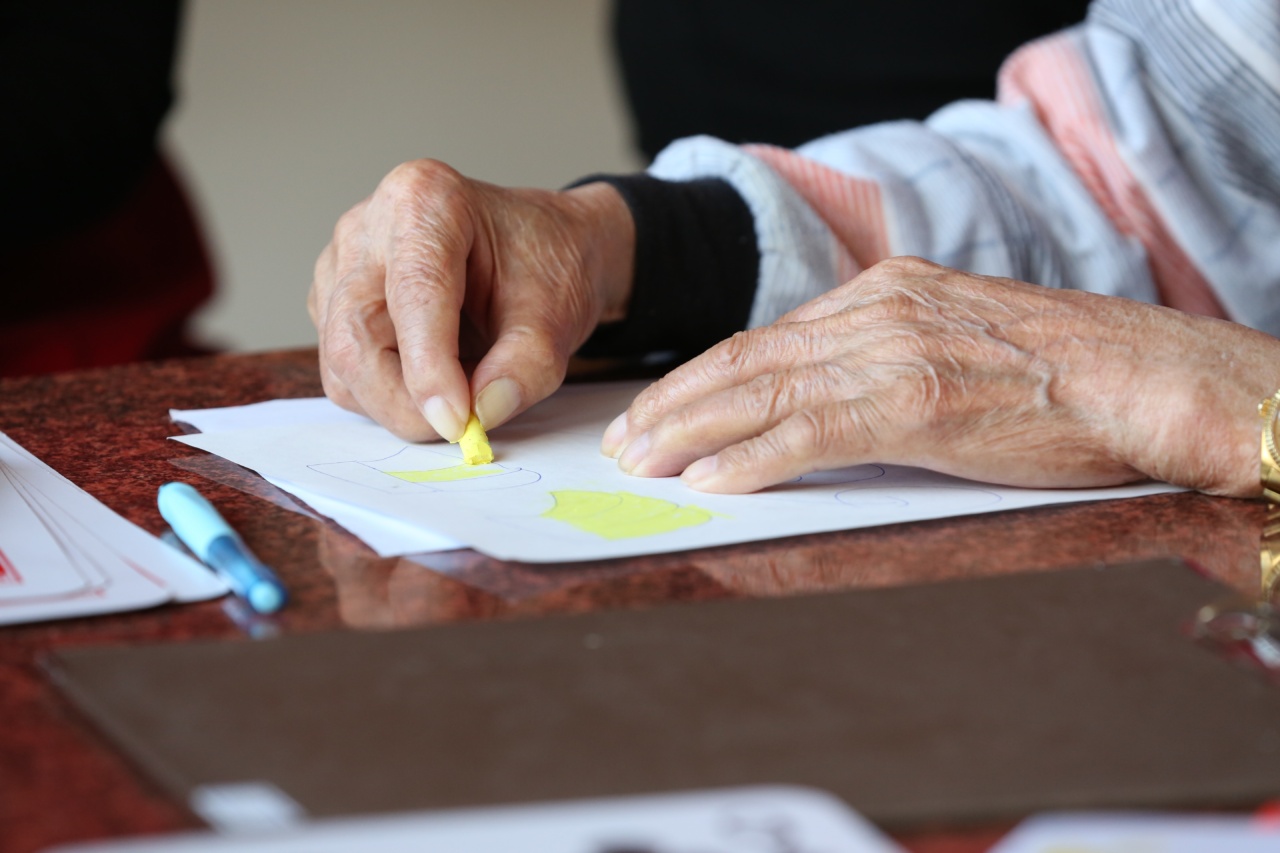Rheumatoid arthritis (RA) is an autoimmune disease that causes chronic inflammation and pain in the joints. It affects more than 1.3 million Americans and can lead to joint damage and disability if left untreated.
While there is no cure for RA, there are many treatment options available to manage symptoms and slow the progression of the disease. However, each person’s journey with RA is unique, and it’s important to approach treatment in a personalized way.
What is Rheumatoid Arthritis?
Rheumatoid arthritis (RA) is an autoimmune disease that causes the immune system to attack the lining of the joints, causing inflammation and damage. This can lead to pain, stiffness, swelling, and decreased range of motion in the affected joints.
RA can also affect other organs in the body, such as the skin, eyes, lungs, and heart, and can lead to fatigue and fever.
Diagnosis
If you are experiencing joint pain, stiffness, and swelling, it’s important to see a healthcare provider to rule out other conditions and to determine if you have RA.
Your healthcare provider will likely perform a physical exam, order blood tests to check for certain antibodies, and may order imaging studies, such as x-rays or MRI, to assess joint damage.
Treatment Options
While there is no cure for RA, there are many treatment options available to manage symptoms and slow the progression of the disease. The goal of treatment is to reduce inflammation, relieve pain and stiffness, and preserve joint function.
Medications
There are a variety of medications used to treat RA, including:.
- Nonsteroidal anti-inflammatory drugs (NSAIDs) – these drugs help relieve pain and reduce inflammation
- Disease-modifying antirheumatic drugs (DMARDs) – these drugs work to slow the progression of the disease and prevent joint damage
- Biologics – these drugs target specific proteins in the immune system that cause inflammation
- Corticosteroids – these drugs are used to reduce inflammation and pain
Your healthcare provider will work with you to determine the best treatment plan for your individual needs.
Lifestyle Changes
In addition to medication, lifestyle changes can also help manage RA symptoms. Here are some modifications you can make:.
- Exercise regularly – low-impact exercises like walking, swimming, or yoga can help reduce joint pain and stiffness
- Eat a healthy diet – foods rich in omega-3 fatty acids, like fish and nuts, can help reduce inflammation
- Reduce stress – stress can exacerbate RA symptoms, so practicing relaxation techniques like deep breathing or meditation can help
- Get enough rest – getting enough sleep is important for managing RA symptoms
Alternative Therapies
Some people with RA find relief from alternative therapies, such as:.
- Acupuncture – this ancient Chinese medicine practice involves inserting thin needles into specific points on the body to relieve pain and promote healing
- Massage therapy – massage can help reduce muscle tension and promote relaxation
- Herbal supplements – some supplements, such as turmeric or ginger, have anti-inflammatory properties and may help reduce RA symptoms
It’s important to talk to your healthcare provider before trying any alternative therapies.
Patient-Centered Care
Each person’s journey with RA is unique, and it’s important to approach treatment in a personalized way.
Patient-centered care involves a collaborative approach between the patient and healthcare provider to develop a treatment plan that takes into account the patient’s individual needs and preferences.
Some ways to promote patient-centered care include:.
- Being open and honest with your healthcare provider about your symptoms and concerns
- Asking questions and seeking clarification about your diagnosis and treatment options
- Working with your healthcare provider to develop a treatment plan that takes into account your individual needs, preferences, and lifestyle
- Engaging in shared decision making with your healthcare provider
- Seeking support from family, friends, support groups, or mental health professionals
Conclusion
Rheumatoid arthritis is a chronic autoimmune disease that affects millions of Americans. While there is no cure for RA, there are many treatment options available to manage symptoms and slow the progression of the disease.
Each person’s journey with RA is unique, and it’s important to approach treatment in a personalized way. By working with a healthcare provider to develop a treatment plan that takes into account your individual needs, preferences, and lifestyle, you can better manage RA symptoms and improve your quality of life.





























